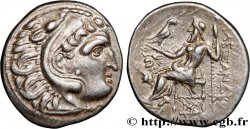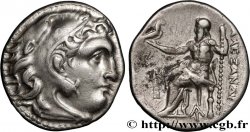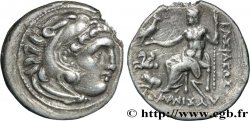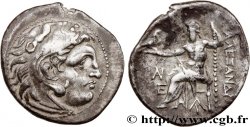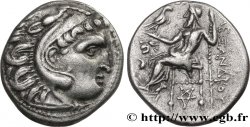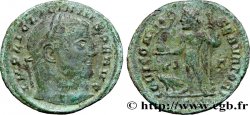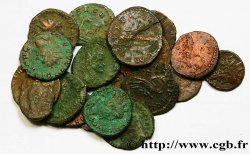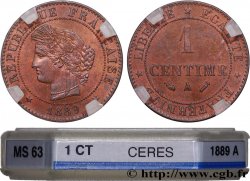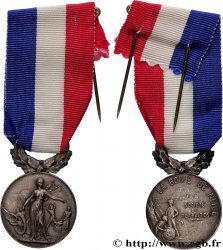Live auction - bgr_401664 - THRACE - THRACIAN KINGDOM - LYSIMACHOS Drachme
You must signin and be an approved bidder to bid, LOGIN TO BID. Accounts are subject to approval and the approval process takes place within 48 hours. Do not wait until the day a sale closes to register. Clicking on "BID" constitutes acceptance of the terms of use of cgb.fr private live auctions.
Bids must be placed in whole Euro amounts only. The sale will start closing at the time stated on the item description; any bids received at the site after the closing time will not be executed. Transmission times may vary and bids could be rejected if you wait until the last second. For further information check the Live auction FAQ
All winning bids are subject to a 18% buyer’s fee.
All winning bids are subject to a 18% buyer’s fee.
| Estimate : | 750 € |
| Price : | 380 € |
| Maximum bid : | 450 € |
| End of the sale : | 12 December 2017 14:04:30 |
| bidders : | 1 bidder |
Type : Drachme
Date: c. 305-297 AC.
Mint name / Town : Magnésie du Méandre, Ionie
Metal : silver
Diameter : 19 mm
Orientation dies : 12 h.
Weight : 4,23 g.
Rarity : R1
Coments on the condition:
Exemplaire de qualité exceptionnelle sur un flan large et ovale, bien centré des deux côtés avec le grènetis visible au droit. Portrait d’Héraklès de toute beauté. Revers fantastique de style fin. Magnifique patine de médaillier. Conserve l’intégralité de son brillant de frappe et de son coupant d’origine
Catalogue references :
Predigree :
Cet exemplaire provient du stock de Dominique Thirion en 2012
Obverse
Obverse legend : ANÉPIGRAPHE.
Obverse description : Tête d'Héraklès à droite, coiffée de la léonté.
Reverse
Reverse description : Zeus aétophore assis à gauche sur un trône sans dossier,les jambes croisées, nu jusqu'à la ceinture, tenant un aigle posé sur sa main droite et un long sceptre bouleté de la gauche ; dans le champ à gauche, un protomé de lion.
Reverse legend : BASILEWS/ LISIMACOU/ A
Reverse translation : (du roi Lysimaque).
Commentary
Semble de même coin de droit que l’exemplaire du British Museum provenant de la collection Bunbury en 1896, n°640 (MP. L.29, p. 271, pl. CXL, n° L29).







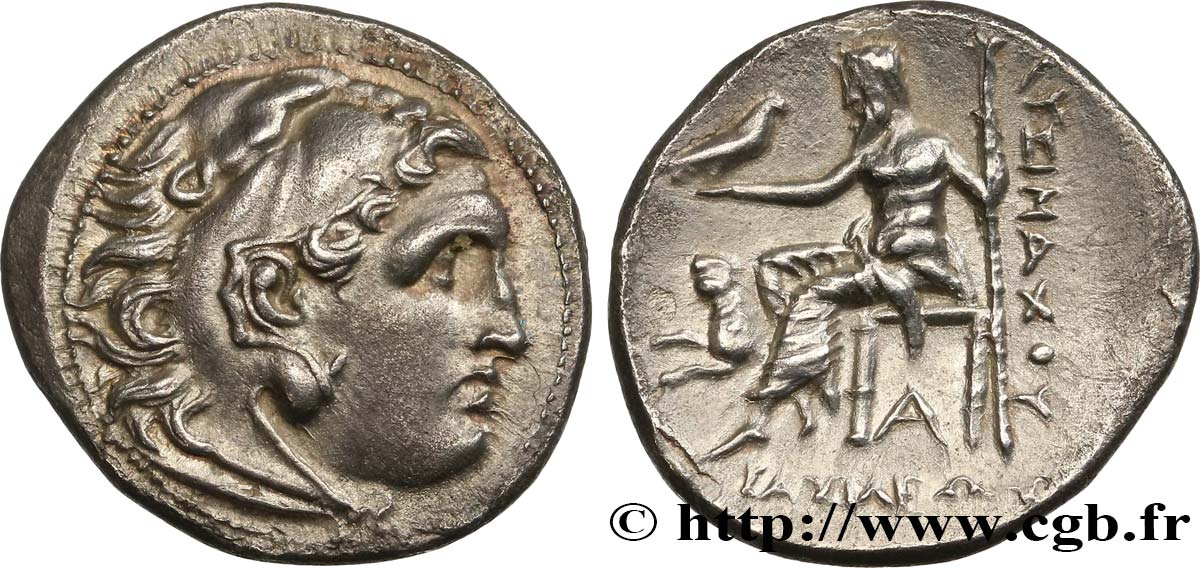
 Report a mistake
Report a mistake Print the page
Print the page Share my selection
Share my selection Ask a question
Ask a question Consign / sell
Consign / sell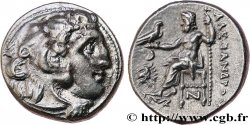
 Full data
Full data